Call Control Size
Call Control Market Growth Projections and Opportunities
The Call Control market, encompassing both traditional Private Branch Exchange (PBX) and Internet Protocol (IP) PBX systems, is influenced by various factors that shape its dynamics and growth. One of the key drivers is the ongoing transition from legacy PBX to IP PBX solutions. As businesses seek more flexible and scalable communication systems, IP PBX offers advantages such as cost-effectiveness, remote accessibility, and seamless integration with other digital applications. The shift towards IP-based communication reflects a broader trend in the industry, aligning with the growing importance of digital transformation.
Technological advancements play a pivotal role in the evolution of the Call Control market. Continuous innovation in voice over IP (VoIP) technologies, software-based solutions, and integration with unified communication tools enhances the capabilities of PBX and IP PBX systems. Features like video conferencing, mobile integration, and advanced call routing contribute to the appeal of these systems, making them more attractive to businesses looking for comprehensive communication solutions.
Government regulations and compliance standards also significantly impact the Call Control market. As communication systems handle sensitive information, regulatory bodies often impose standards to ensure data security and privacy. The adherence to these regulations becomes a crucial factor for businesses when choosing Call Control solutions, driving the market towards systems that comply with the latest industry standards.
The size and nature of businesses influence the demand for Call Control solutions. Small and medium-sized enterprises (SMEs) often seek cost-effective and easy-to-manage PBX systems, while larger enterprises require more sophisticated IP PBX solutions with extensive scalability and integration capabilities. Understanding the diverse needs of businesses of different sizes is essential for market players to tailor their offerings accordingly.
Economic factors, such as overall business spending and the financial health of organizations, impact the Call Control market. During periods of economic growth, businesses may be more inclined to invest in advanced communication systems to improve efficiency and collaboration. Conversely, economic downturns may lead to a focus on cost-effective solutions, driving demand for PBX systems that offer essential functionalities without excessive expenses.
The competitive landscape and industry partnerships are crucial market factors. Key players in the Call Control market continually innovate to differentiate their products and gain a competitive edge. Partnerships with other technology providers, especially in the realm of cloud services and cybersecurity, enhance the overall value proposition of Call Control solutions, offering customers a more comprehensive suite of services.
Global and regional trends also shape the Call Control market. The rise of remote work, accelerated by global events such as the COVID-19 pandemic, has increased the demand for flexible communication solutions. Both PBX and IP PBX systems play a vital role in enabling remote communication and collaboration, making them essential tools in the evolving work landscape.
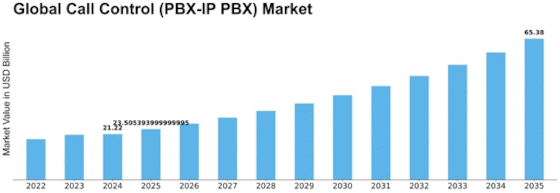
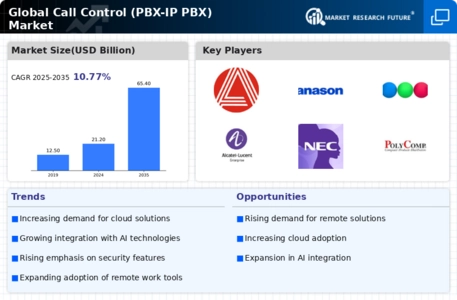

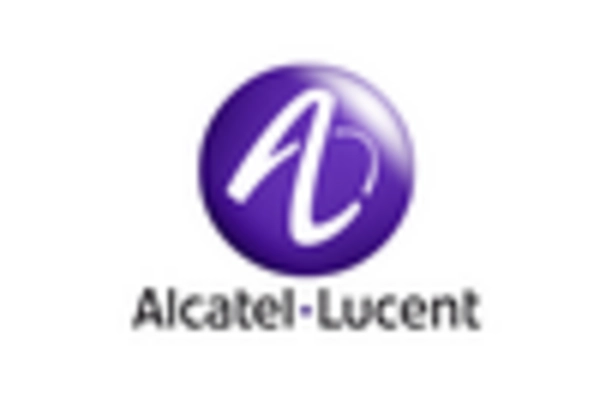

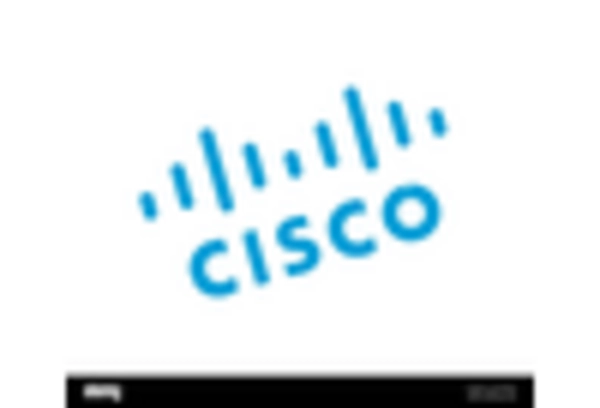
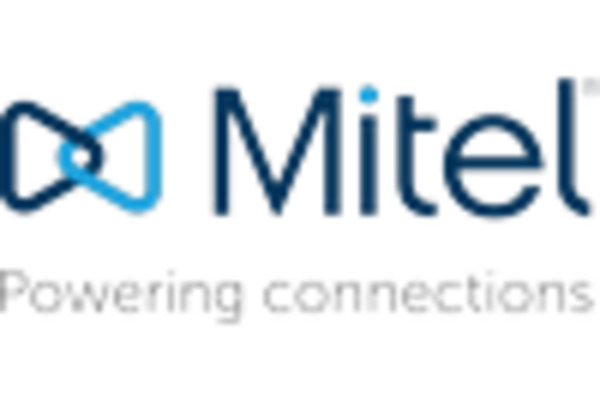
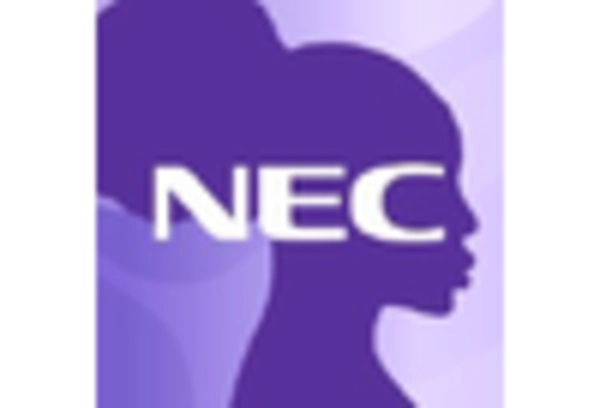
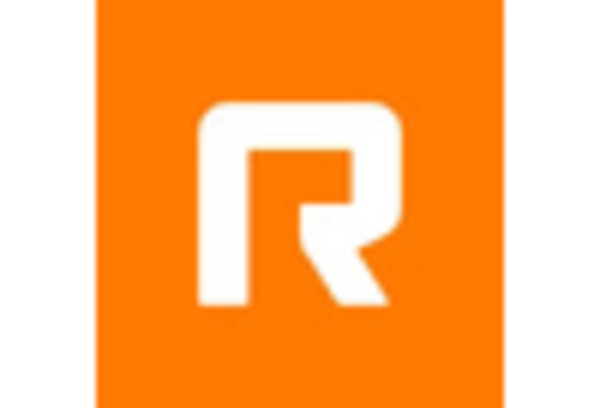

Leave a Comment